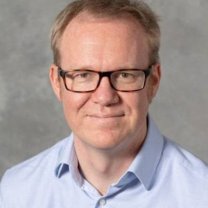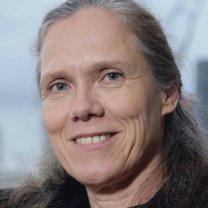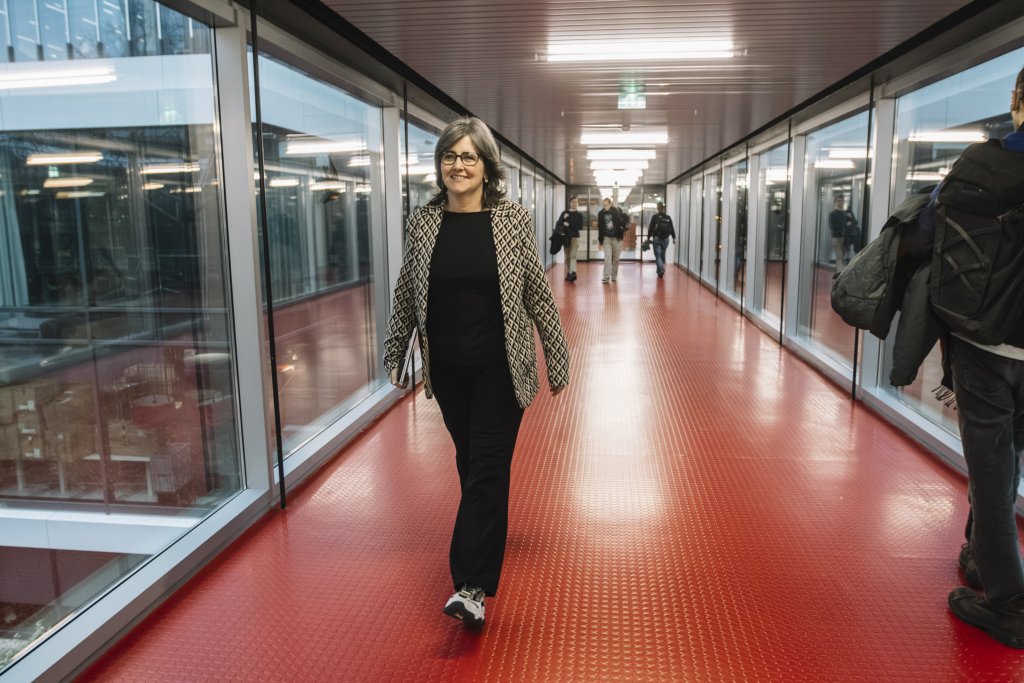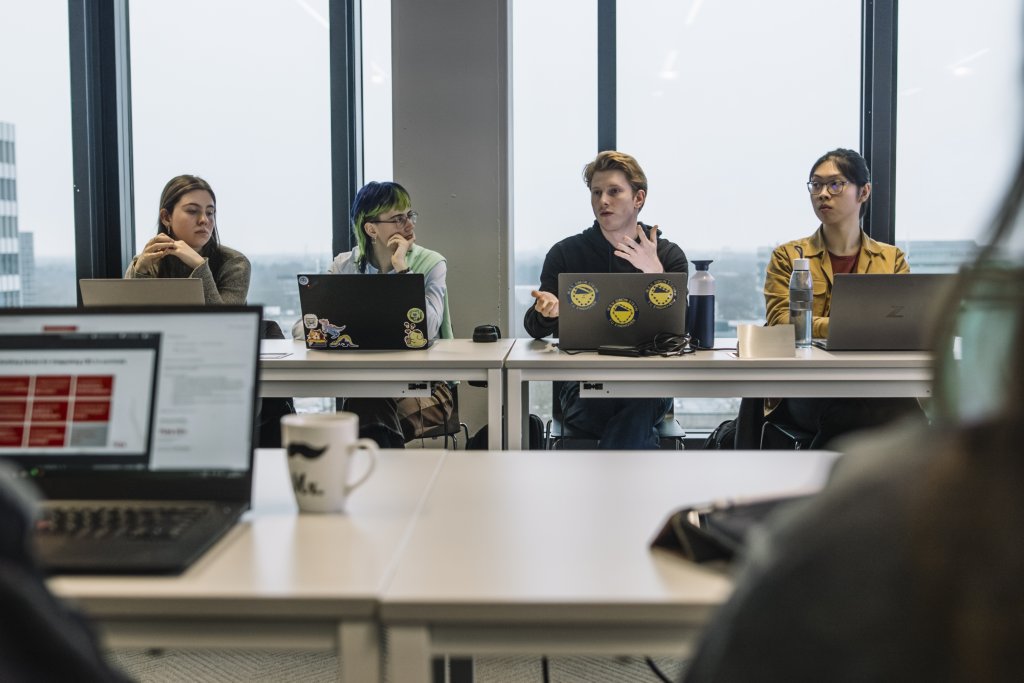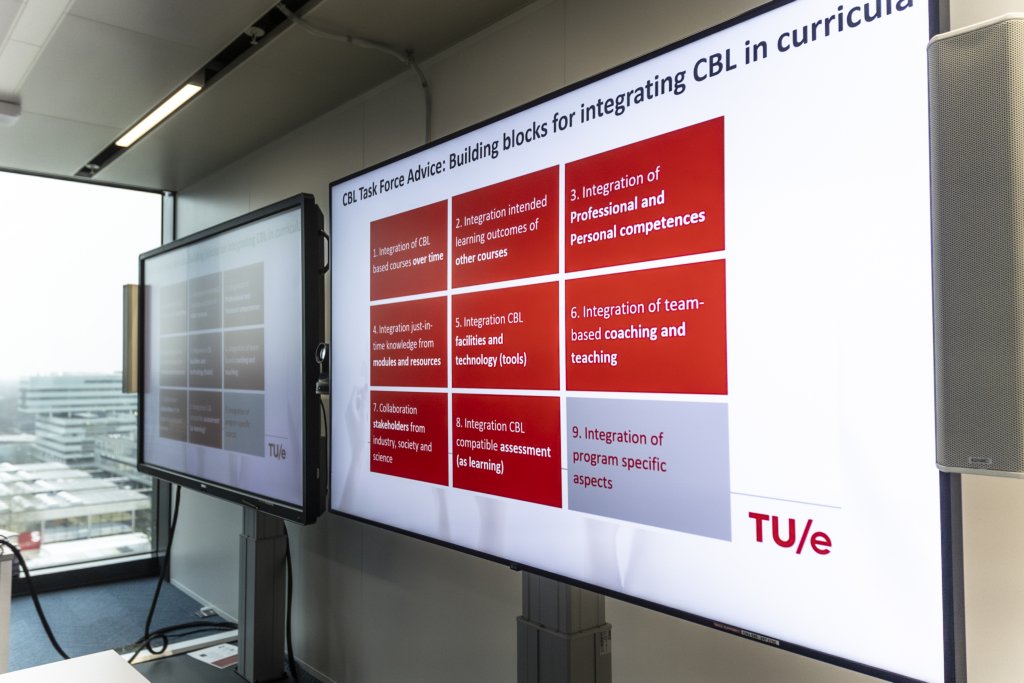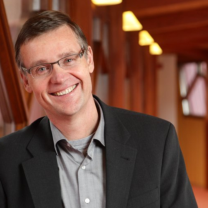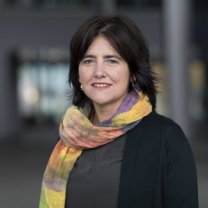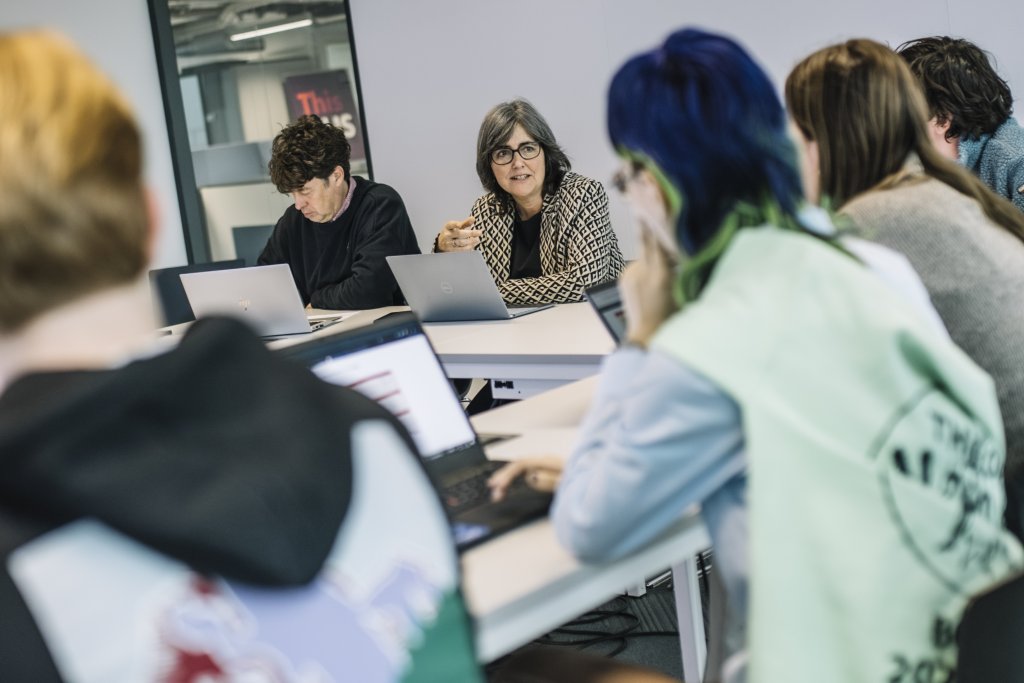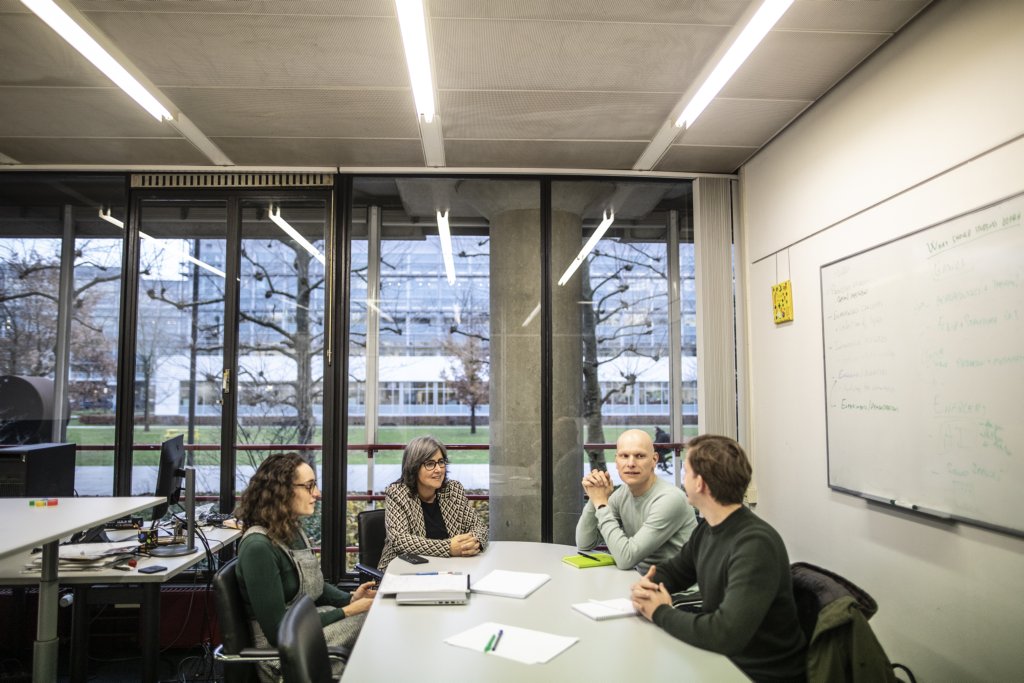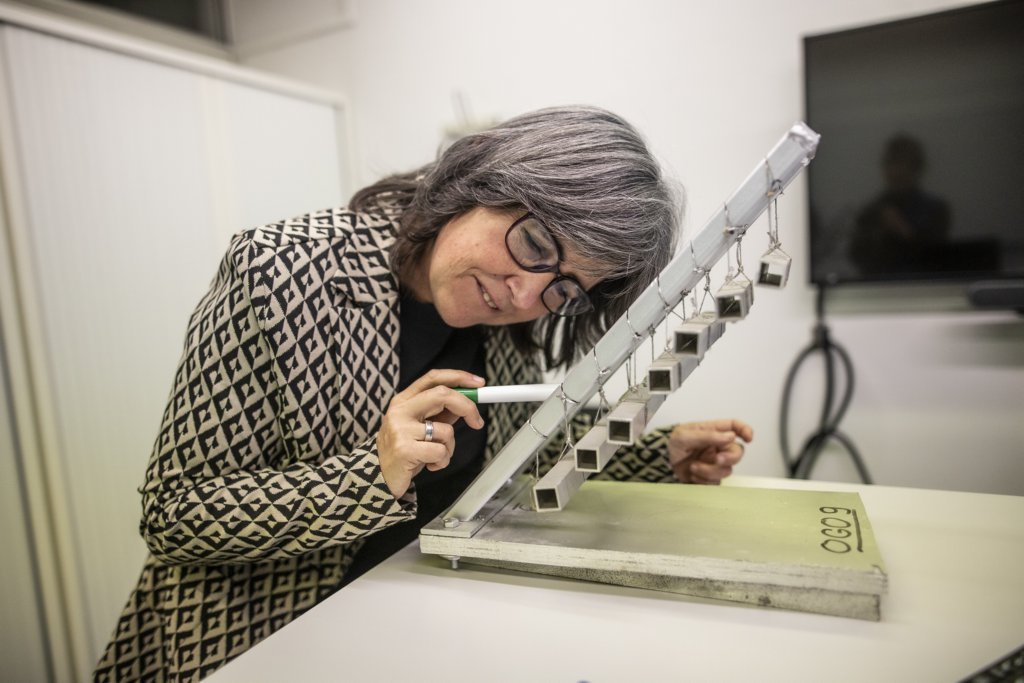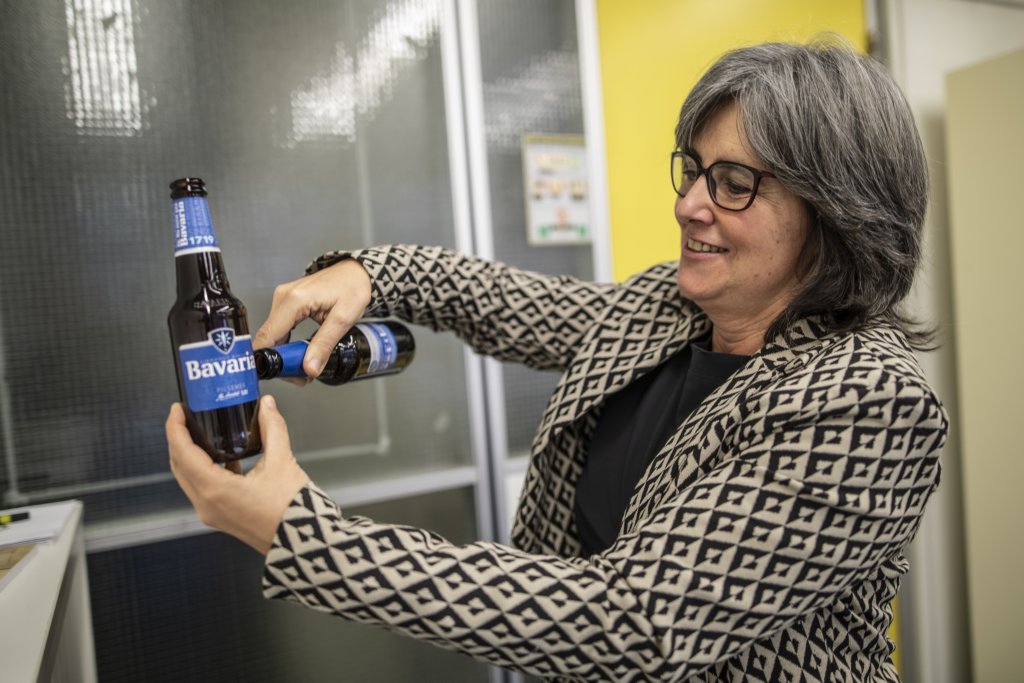I - Proving the value of innovating education: ‘Shout it out far and wide’
A new kind of engineering education is needed to address the future needs of society. How can this innovation be done most effectively? What are the challenges and solutions? Four experts share their views in this first issue of our three-part series ''Ten Years 4TU.CEE''.
The world around us is changing faster than ever before – and so is the engineering profession. Engineers are instrumental in shaping the major transitions that are needed, ranging from energy, infrastructure and ICT to agriculture, food systems and materials. Today’s education should prepare engineers for tomorrow’s questions, is an often-heard adage. But how to go about this in a dynamic university landscape?
This is one of the most pressing questions for the 4TU Centre for Engineering Education (4TU.CEE), the collaborative centre of expertise that is celebrating its tenth anniversary. On the occasion of this celebration, 4TU.CEE invited four professionals (see text boxes ''Who 1 & 2 '' ) to share their views and recommendations.
The need for innovative education
“The nature of the world in which engineers operate today is fundamentally different from what we’ve seen in the past – and from what we will see in the future”, says John Mitchell of University College London. “Take AI, for instance, and its impact on engineering. We will need engineers who think differently. We need engineers who can collaborate across disciplines, who know the right digital tools, and who can think about ethical implications.”
“Hence, education needs to become a process, rather than an end product”, adds Carola Hein of Delft University of Technology. “Just like the things that engineers build. Take a bridge, for example. In today’s world, before you build a bridge, you think about whether it’s really needed, and in what form, how you ‘sell’ it to society, how it is used, how it is experienced, how it blends into the landscape, how it will be disposed of at its end of life. We call this ‘process thinking’, or ‘design thinking’. This equally applies to education itself. It’s a question of life-long learning (LLL).”
Tom Veldkamp, rector of Twente University, is optimistic. “I don’t think it’s as difficult as many make it sound”, he says. “There is always a natural interaction between supply and demand – also in the LLL context. Both the engineering profession and engineering education respond to what is needed in society. Engineers are doers. They are traditionally good at looking across disciplines and accept that other experts may be better equipped for certain tasks. The main challenge is teaching them to work together.”
Developing staff capacity
“There is a lot of awareness of these new demands”, says Ines Lopez Arteaga of Eindhoven University of Technology. “Where I see the challenge is in bringing the academic staff along in these developments. The transfer of disciplinary knowledge has traditionally been our focus. This is what most academic staff are comfortable with. We need to help them make a shift to a focus on learning, where their role is to guide the learning process. This is an ongoing culture change.”
Veldkamp adds: “In fact we need to apply the design cycle to our own staff development. We, as a university, learn by doing and by adjusting our curriculum along the way, based on our experiences. But again, I’m optimistic in this regard. We already have improvement cycles in our education at all 4TU partners. These include staff training.”
Hein: “Most teachers want to learn and develop and improve. What’s needed is sufficient allocation of time and resources for this. Plus, a certain level of courage from university management to trust their staff, support them, and give them space to experiment and learn.” Veldkamp: “This equally applies to the visitation and accreditation committees.”
John Mitchell agrees: “Developing staff capacity is key. However, teachers will want to see evidence of what works and what doesn’t. They will need case studies and best practices. This is inherently difficult in a time of change. Change is only starting now – and there is very little evaluation of widespread curriculum change.”
The role of 4TU.CEE
Throughout the 4TU Federation, projects are already being piloted to explore how this transformative learning can happen at the course level and beyond. Many of these are developed collaboratively between multiple universities, explains Lopez Arteaga. “We are hoping to get this kind of expertise into 4TU.CEE, to further promote knowledge exchange”, she says.
Mitchell adds: “The power of 4TU is bringing together the experiences of the leaders in this field. This way you can move from isolated success stories to a much broader evidence base. In the UK we are taking the exact same approach. The UCL Centre for Engineering Education, which also happens to celebrate its tenth anniversary this year, is aiming to be a place where teachers feel supported and rewarded. That is an important role of these centres.”
Hein: “In the Netherlands there is already quite an impressive level of exchange throughout 4TU. This ensures very useful ‘cross-fertilisation’ and optimal use of resources.” Veldkamp: “It also helps us to move beyond the specific subcultures that have developed at each of the four universities.”
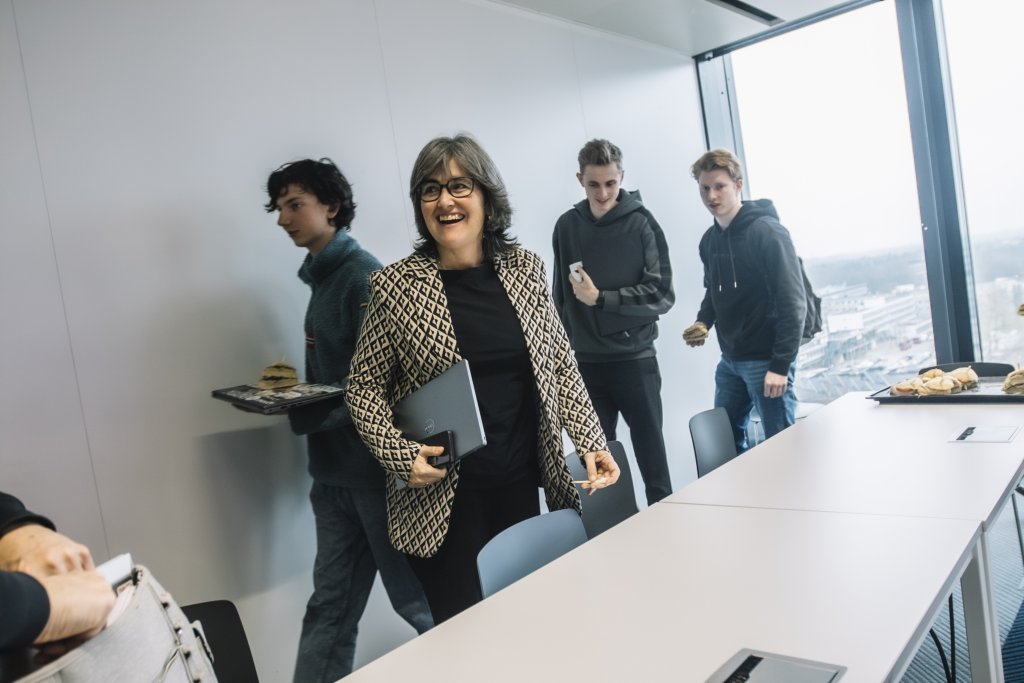
Management of change
In other arenas, such as business, change management has become a field of its own. Is this happening in academia as well? “Yes, that is exactly what 4TU.CEE and its British counterpart are doing”, says Mitchell. “But you have to realise universities operate very differently from companies. The hierarchies and reward mechanisms are different. That is exactly why we need specialised university centres to work on the innovation of engineering education. 4TU.CEE can be the place that fosters the kind of leadership needed, accumulates rigorous evidence, and provides inspiration for others.”
Innovation of engineering education requires a research base in educational science, as all four scientists agree. But engineers are no social scientists. “We need ‘duo initiatives’, which couple engineering experts who design new educational approaches with educational researchers who study these innovations”, says Lopez Arteaga. “Educational specialists are the ones who know the right research methodologies to study the effectiveness of the innovation. For this, too, you need partnerships. No-one can do this alone.”
Veldkamp: “This is a point of improvement for 4TU: engaging educational scientists with our work, and thinking about ways to implement their approaches. We definitely have a ‘coalition of the willing’, but need to get everyone on board. This also means we need to rethink our mechanisms of reward and recognition.”
Crossovers
4TU.CEE is well positioned to promote educational research – and its findings – among university leadership. Lopez Arteaga: “Evidence that is created within one engineering context will also transfer to other 4TU contexts. Departments don’t have to reinvent the wheel.” Mitchell: “4TU.CEE is already doing quite well in bringing different groups together. When there are crossovers, really interesting things can happen. So. my recommendation would be: don’t be inward-focused. Be bold, put your results out there and shout them out far and wide.”
Another topic that is an enormous game changer for engineering education is AI. Mitchell: “AI is going to fundamentally change the way students interact with knowledge. AI will be able to do many design tasks much better than any human. Of course, our students will need to learn some of the same basics that we had to learn. But AI is even rewriting some of those fundamentals as well.”
Lopez Arteaga: “This is really going to be a disruptive change. We need to develop this knowledge so fast that we simply need to collaborate – even internationally.” Mitchell: “Forming an international alliance of Centres of Engineering Education would be the next step. This alliance could pool expertise and resources, and be a louder voice when it comes to lobbying for increased funding for education research.”
Bottom-up initiatives
Inspiration and cooperation should not stop at country borders, as all four emphasise. At the same time, Hein and Veldkamp emphasise the importance of local context. “Solutions developed in one place do not necessarily work elsewhere”, explains Hein. “You need to know why something is needed and how a solution fits into an existing culture. This goes for engineering works as well as for educational solutions. In short, we need to be hyper local and super global at the same time.”
“The nice thing about 4TU.CEE”, says Veldkamp in conclusion, “is that it stimulates bottom-up initiatives that inspire others. New educational formats, for instance. People sometimes come to me and say: hey, I tried this and it works! Let’s get this into the curriculum!”
Hein, smiling: “It’s that outward-looking attitude. Looking at what works and why, and how you can make the next round even better. Just like engineering itself.”
Veldkamp: “We’re all engineers here. We’re doers. We want to make an impact.”




